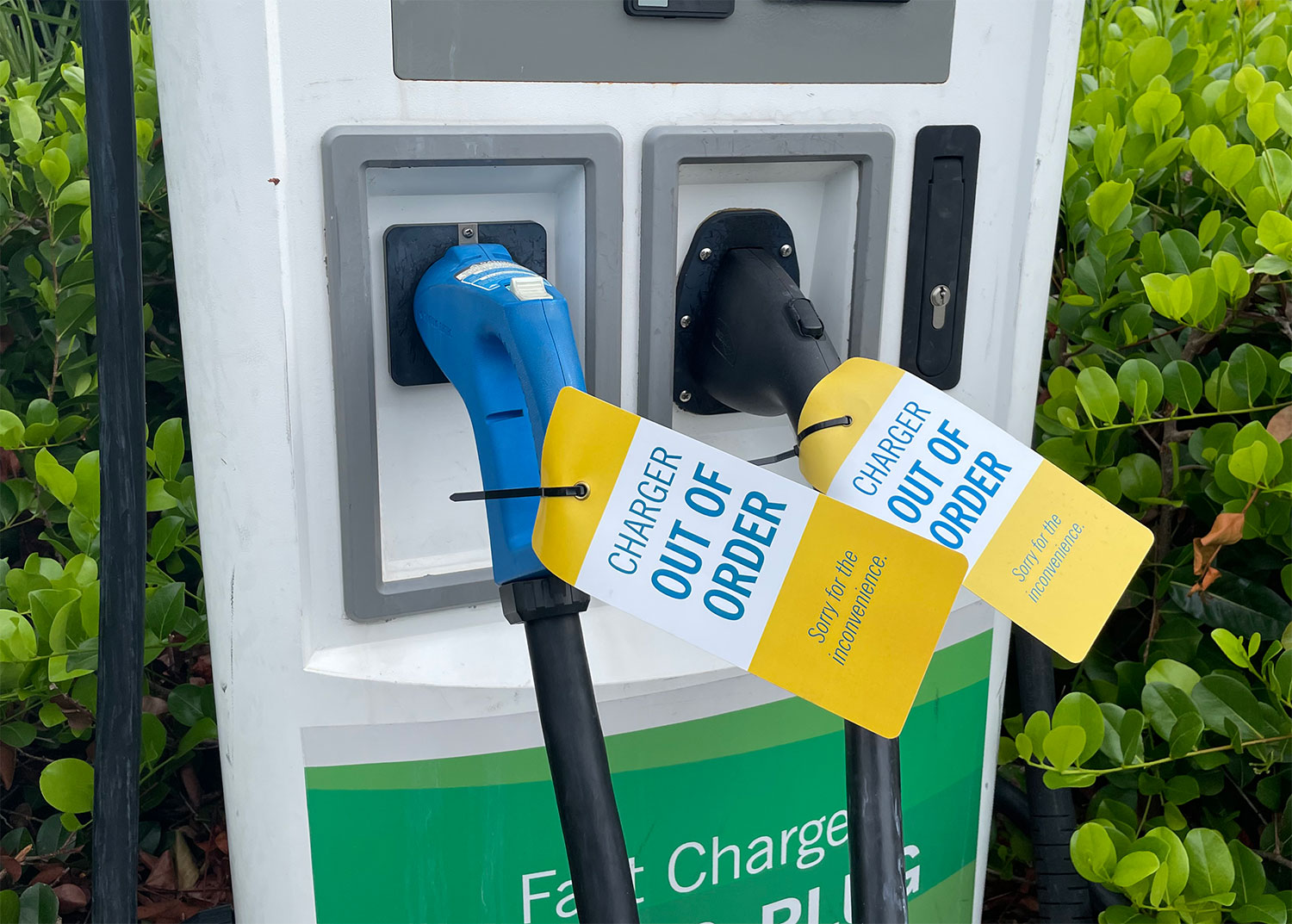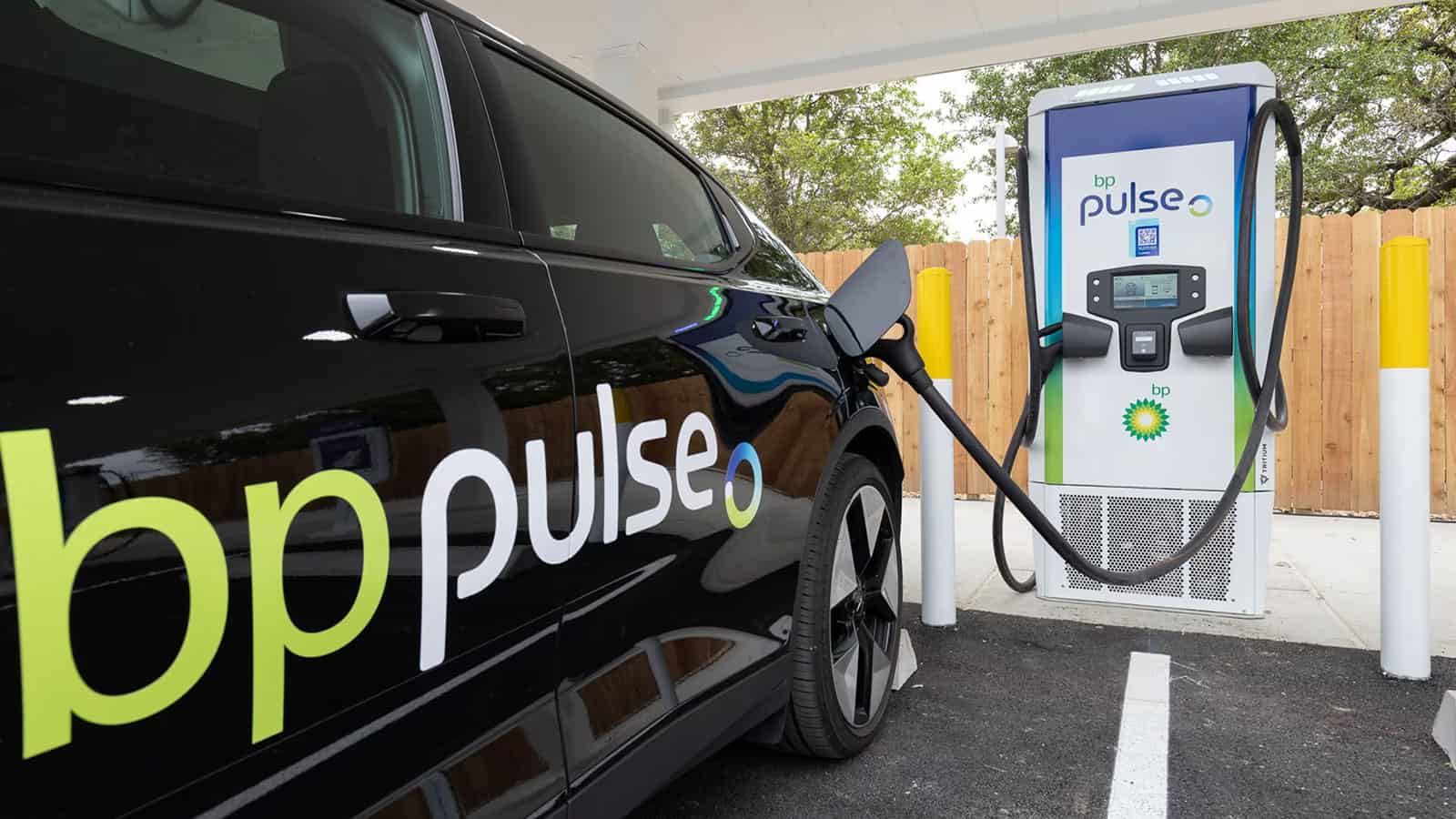Leading EV Charging Information: Trick Updates on Infrastructure and Advancement

Recent Developments in Fast-Charging Innovation

Moreover, developments in battery modern technology, including enhanced thermal monitoring systems and higher energy thickness batteries, enhance fast-charging capabilities. These advancements minimize the risk of battery deterioration throughout rapid charging, making sure long life and efficiency for EV owners.
Furthermore, the combination of clever charging services is improving customer experience, making it possible for real-time monitoring and dynamic prices designs. EV Charging news. This adaptability permits drivers to enhance charging times and expenses based upon grid need
As automakers remain to purchase fast-charging networks, the cooperation between industry stakeholders is important. Collaborations in between billing station providers and automobile producers are leading the method for substantial insurance coverage, inevitably promoting a more robust EV community. These developments are pivotal in sustaining the shift to sustainable transportation.
Government Efforts for Charging Expansion
Government campaigns play an important duty in the growth of electric car (EV) charging infrastructure, facilitating the transition to lasting transport. Different federal and state programs are being implemented to boost billing availability, decrease the financial burden on customers, and promote the adoption of electrical automobiles.
Significantly, the U.S. government has allocated substantial financing through the Infrastructure Financial Investment and Jobs Act, which allocates $7.5 billion for EV charging network growth across the nation. This financing is focused on releasing countless new billing stations, specifically in underserved areas, thereby resolving variety anxiety amongst potential EV customers.
Additionally, countless states are passing legislation to enhance the permitting procedure for charging terminal installations, which is critical for speeding up release. Rewards such as tax obligation credit ratings and discounts for both consumers and services are also being presented to urge the setup of billing infrastructure.
In addition, public-private partnerships are progressively coming to be a focus, leveraging personal investment to enhance government funding. These campaigns underscore a collective strategy important for constructing a reliable and comprehensive EV charging network, inevitably adding to a greener and more lasting future.
Cutting-edge Battery Solutions Enhancing Efficiency
Reinventing the landscape of electrical vehicle (EV) innovation, cutting-edge battery solutions are substantially boosting performance and performance. Advances in battery chemistry, especially with lithium-sulfur and solid-state batteries, are causing raised power density, which permits longer varieties and faster billing times. These brand-new battery types have the potential to exceed standard lithium-ion batteries by supplying greater abilities while reducing weight, thus enhancing general lorry efficiency.
Furthermore, growths in battery monitoring systems (BMS) are optimizing power usage and extending battery lifespan. Intelligent formulas monitor battery health and wellness and performance, making it possible for real-time modifications to billing and releasing processes. This not just boosts the performance of the battery however additionally guarantees a more sustainable and reliable power resource for EVs.
In addition, the combination of reusing technologies is addressing the ecological effect of battery production and disposal. Innovations in second-life applications for EV batteries are promoting see this their use in power storage space systems, adding to a round economic situation.
As these ingenious battery solutions proceed to develop, they guarantee to transform the EV market, making electrical cars more appealing and easily accessible to a wider target market while supporting international sustainability goals.
Cooperation In Between Automakers and Billing Networks
Identifying the critical need for a robust billing framework, car manufacturers are increasingly collaborating with charging network companies to improve the EV ownership experience (EV Charging news). These partnerships aim to develop a smooth billing environment that benefits consumers and supports the change to electrical automobiles
Major automobile brands are joining pressures with well established charging networks to expand their billing terminal protection, guaranteeing chauffeurs have access to hassle-free and trusted charging alternatives. As an example, partnerships with networks like ChargePoint and Electrify America permit car manufacturers to integrate charging remedies straight into their lorries' navigating systems, directing customers to the nearest terminals and offering real-time availability updates.
Moreover, these collaborations usually lead to the development of fast-charging innovations that considerably lower the time required to reenergize an EV. By merging resources and experience, automakers and charging networks can introduce faster, developing services that fulfill the growing demand for electrical mobility.
Furthermore, joint campaigns may additionally result in even more standardized billing methods, which can minimize customer confusion and advertise more comprehensive EV adoption. Overall, these tactical partnerships are pivotal in building a effective and straightforward billing framework that meets the needs of a broadening electrical vehicle market.
Difficulties Dealing With EV Billing Infrastructure
As the electric car market proceeds to expand, numerous challenges are emerging that hinder the development of a detailed billing infrastructure. One of the primary obstacles is the inadequate variety of billing terminals, specifically in underserved and country urban areas. This void creates range anxiety amongst possible EV customers, deterring them from making the button.
Additionally, the absence of standardization in billing modern technology makes complex the facilities landscape. Variations in plug types and charging rates can develop complication for individuals and enhance operational complexities for billing network drivers. site here The assimilation of billing stations into existing electric grids presents considerable challenges. Several areas deal with capacity limitations, calling for considerable investments in grid upgrades to suit boosted demand.
One more pushing problem is the high cost linked with the setup and upkeep of charging terminals, which can be an obstacle for both exclusive businesses and public entities. Governing obstacles and zoning constraints can delay the implementation of billing infrastructure, hampering progress in broadening crucial services. Resolving these difficulties will certainly be essential for promoting a durable EV community that sustains the change to sustainable transportation.
Conclusion
In final thought, the continuous innovations in EV billing technology, supported by significant government efforts and ingenious battery options, are vital for the development and performance of electrical lorry framework. Cooperations in between car manufacturers and billing service providers even more improve This Site station coverage, dealing with the growing demand for accessible billing options. In spite of obstacles that linger within the EV billing landscape, these advancements represent a positive trajectory towards an extra lasting and effective electrical lorry environment.
Advancements in charging infrastructure have actually led to the advancement of ultra-fast chargers qualified of supplying up to 350 kW of power, substantially decreasing charging times. Variants in plug types and charging rates can produce confusion for customers and enhance operational intricacies for charging network operators.In verdict, the continuous advancements in EV billing innovation, supported by substantial federal government initiatives and cutting-edge battery options, are essential for the development and effectiveness of electric automobile infrastructure. Cooperations between car manufacturers and charging providers additionally enhance terminal coverage, attending to the growing need for easily accessible billing choices. Regardless of difficulties that linger within the EV charging landscape, these advancements signify a favorable trajectory in the direction of a more lasting and efficient electric automobile ecosystem.